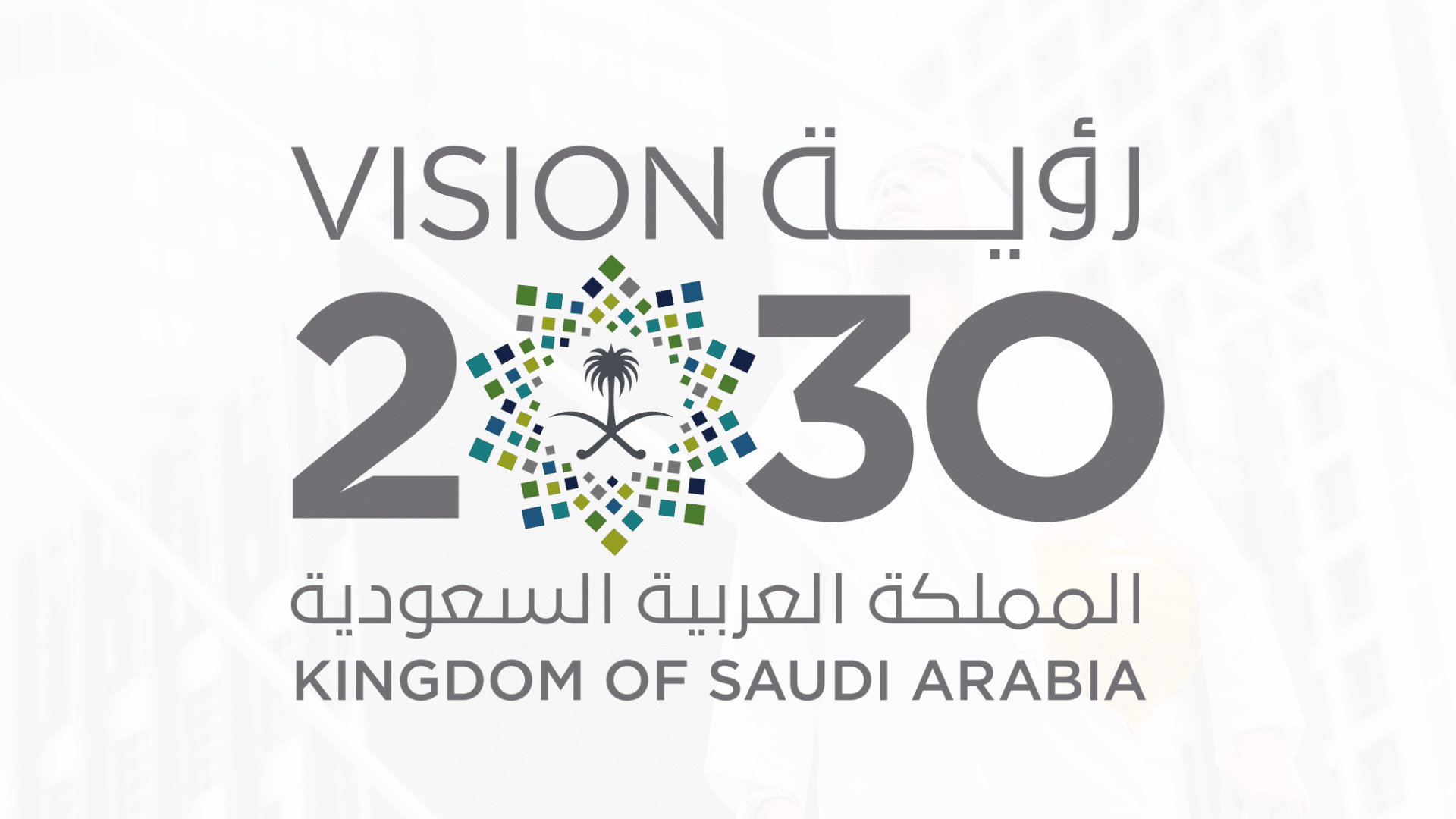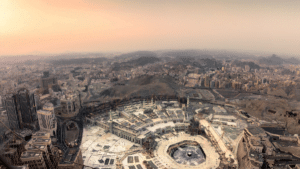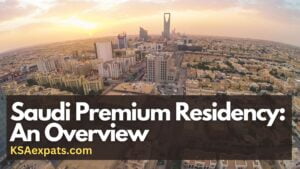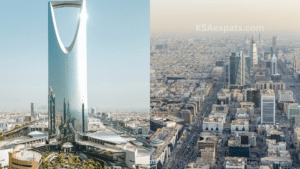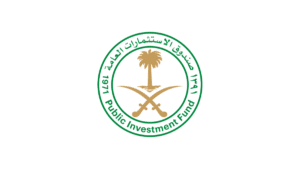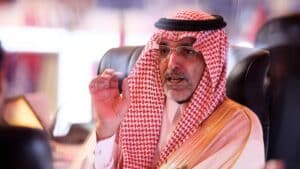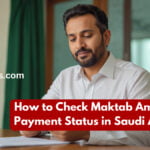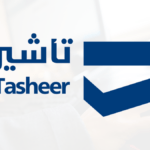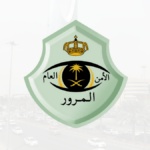Saudi Vision 2030 is a bold and far-reaching plan aimed at reducing Saudi Arabia’s dependence on oil, diversifying its economy, and developing public service sectors such as health, education, infrastructure, recreation, and tourism. Launched in April 2016 by Crown Prince Mohammed bin Salman, the plan outlines the Kingdom’s long-term goals and expectations, signifying a significant shift towards a more diversified economy with a greater role for private sector investment.
Key Objectives of Saudi Vision 2030
Economic Diversification
One of the primary goals of Saudi Vision 2030 is to diversify the economy away from oil, which has traditionally been the main source of revenue for the country. The vision aims to increase the private sector’s contribution to GDP from 40% to 65%, reduce unemployment from 11.6% to 7%, and boost small and medium-sized enterprises’ (SMEs) contribution to the GDP.
Developing Non-Oil Revenues
Saudi Arabia plans to increase its non-oil revenue to SAR 1 trillion by 2030. Initiatives include introducing taxes, such as the value-added tax (VAT) and the expatriate levy, and privatizing some government services.
Investment in Infrastructure and Tourism
Significant investment is earmarked for infrastructure and tourism, with the aim of increasing tourism’s contribution to GDP from 3% to 10%. Projects like NEOM, a $500 billion futuristic mega-city, the Red Sea tourism project, and the Qiddiya entertainment city are critical components of this strategy.
Enhancing Public Sector Efficiency
Vision 2030 seeks to improve the efficiency and effectiveness of the public sector by increasing strategic partnerships, privatizing some government-owned entities, and improving transparency and accountability.
Social Reforms
Social reforms under Vision 2030 aim to improve the quality of life in Saudi Arabia by promoting cultural and entertainment activities within the Kingdom, increasing women’s participation in the workforce from 22% to 30%, and raising the average life expectancy from 74 to 80 years.
Recent Developments and Achievements
As of early 2024, Saudi Arabia has made significant strides towards achieving the objectives outlined in Vision 2030. Here are some of the latest updates and milestones:
- Economic Performance: The Saudi economy has shown robust growth, with a noticeable increase in non-oil revenue streams. The introduction of VAT and privatization efforts have started to bear fruit, contributing to the government’s revenue diversification goals.
- Giga-Projects: NEOM, the Red Sea Project, and Qiddiya have progressed, with several phases moving towards completion. These projects not only aim to transform Saudi Arabia’s physical and economic landscape but also to position the Kingdom as a leading tourism and entertainment destination globally.
- Public Sector Reforms: The government has implemented several measures to enhance public sector efficiency, including digitizing government services and introducing performance measurement systems.
- Social Reforms: Significant social reforms have taken place, including lifting the ban on women driving, opening cinemas for the first time in decades, and introducing public entertainment options. These moves have been both symbolic and substantive, reflecting a broader shift towards a more open and dynamic society.
- International Partnerships and Investments: Saudi Arabia has actively sought international partnerships and investments to support its Vision 2030 goals. This includes strategic alliances in sectors such as technology, tourism, and renewable energy, attracting foreign direct investment (FDI) to diversify the economy further.
- Sustainability and Renewable Energy: Commitment to sustainability has become a cornerstone of Vision 2030, with the Kingdom announcing initiatives to develop renewable energy sources and reduce its carbon footprint. This includes ambitious plans to generate a significant portion of the country’s energy from renewable sources by 2030.
In conclusion, as Saudi Arabia moves forward with its Vision 2030 agenda, the coming years will be critical in determining the success of this ambitious plan. The Kingdom’s ability to adapt to both internal and external challenges, while maintaining momentum on its strategic objectives, will be crucial for realizing the vision of a diversified and sustainable economy.
